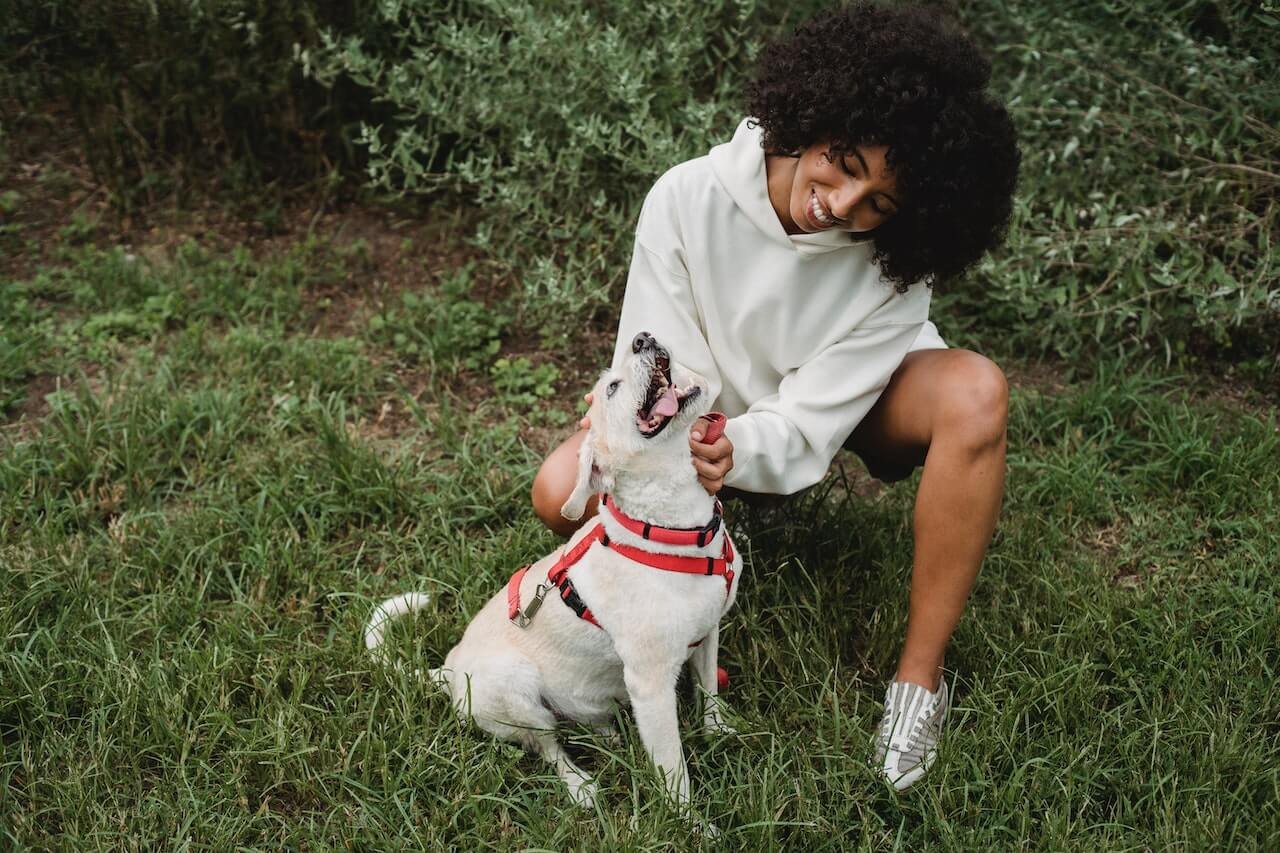How to Raise a Puppy 101: Your Ultimate Guide
Getting a dog is a big commitment, but raising a puppy is even more demanding. This is because puppies must learn how to do everything, and you’re responsible for teaching them. But once you have learned how to raise a puppy, you’ll have a trained, balanced, and lovely companion for a lifetime of delightful experiences.
Thankfully, raising your puppy can be easy with a bit of patience and by following the tips in this post. Keep reading to learn how to handle common puppy training concerns you may have.
When Should You Start Training Your Puppy?
It’s never too early to train your puppy. Begin training as early as 8 weeks before it can pick up any bad behaviors. You can start obedience training and classes at 12-15 weeks if your puppy’s socialized.
With early training, your puppy will soon learn to sit, stay, come, go to their kennel, and relieve themselves outside. And believe it or not, you don’t have to be an expert to train your puppy.
You don’t have to stop training either. Keep training your dog as they grow older to help them remain sharp.
Training your puppy can initially feel overwhelming, especially if it’s your first puppy. However, you’ll find it less overwhelming if you approach it using the steps below.
9 Practical Tips on How To Raise Your Puppy
The following are some tried and tested tips on how you can raise and train your puppy to be an adorable companion.
1. Bond With Your Puppy
Spend a lot of time getting to know your puppy before starting any training. It’s crucial to take your time and give the puppy at least a week to grow used to you and your house.
2. Start Potty Training Early
As a new dog owner, one of your top priorities is to potty train your puppy. Make a regular timetable to teach your puppy when it’s time to use the bathroom outside.
A puppy’s daily routine usually consists of:
three meals daily
potty breaks 20 minutes after each meal
breaks for naps throughout the day.
A puppy’s potty routine at 8 weeks will differ from its routine at 12 weeks or 16 weeks. This is because puppies’ bladders get larger as they grow older, meaning longer intervals between bathroom trips. At first, you should take your puppy outside at least once every two hours, and as it grows older, you can gradually increase the interval between trips.
3. Use A Dog Crate
Crates provide your dog with a safe, secure environment where it can relax and give you some time off.
Never use your dog’s crate as a punishment, and don’t keep it in there for too long.
Get your dog the right-sized crate. If it’s too big, your dog could have room to relieve himself and not go to the potty.
4. Don’t Rush Obedience Training
It’s better to hold off on formal obedience training or classes until your puppy is 12 to 15 weeks old. And before enrolling in obedience training, take four or more puppy socialization sessions and begin training your puppy at home.
Helping your puppy learn to manage their bite is a simple example of a lesson you can teach at home. Puppies need and want to use their mouths more as they begin to grow because it hurts. But dog teeth can be incredibly sharp, and your puppy needs to know that they shouldn’t bite or chew on you or anyone else.
5. Get the Right Leash
Puppies have a lot of energy. So, you’ll need a leash to moderate their movements. Use a flat collar that is neither too tight nor loose, and get an adjustable one since puppies grow quickly. Initially, use a 6-foot leash to avoid letting your dog wander too far from you.
If you are thinking about teaching your dog to walk on a leash, start early so that it can get used to it. Use positive reinforcements (aka treats and praise) to help your puppy adjust to the leash.
Avoid dragging your dog after you, and don’t let it pull you either. The best way to achieve this is to put your dog on a loose leash as you stroll.
6. Get Regular Veterinary Exams
You need to ensure your dog receives the necessary medical attention. Puppies require a lot of care, including a series of vaccinations. They also need in-depth health checks. You can simply schedule this once a year to keep your dog’s health at its best.
You can also decide if you want to spay or neuter your puppy.
Also, feel free to ask your veterinarian any questions you may have. Ask for recommendations from friends or family if you don’t have a vet yet.
7. Pay Attention to the Little Things
Unless you speak “dog”, you must watch your dog closely to learn how it communicates. This will not just help you communicate but also know when something is wrong with your dog.
The position of its ear or tail, excessive scratching or licking of paws, and its breathing can be signs that your dog isn’t feeling well mentally or physically.
You can also use a health calendar or notebook to record food changes, medication, or strange behaviors. This way, you can quickly recognize the cause of some allergies, irritations, or illnesses.
The Life Buddy app from Sierra Delta is great for this! If you’re a Veteran you can join our program and track your dog’s health and training easily on one platform.
8. Give High-Quality Nutrition
While it’s tempting to spoil your dog with treats, it’s not the best thing to do. So, you want to limit your pup’s treats to about 10% of its daily calorie needs. Plus, this will help your dog count it as a real reward.
Although it’s cheaper to feed your pup with what’s available in the mass market, it may be unsafe. At the least, most US pet food brands are FDA-approved, so you should opt for these.
9. Consider Your Dog’s Breed
Some dogs are easier to train than others. So, you might want to carefully consider which breed to choose, especially if you want your puppy to grow up to be a service dog or Life Buddy.

